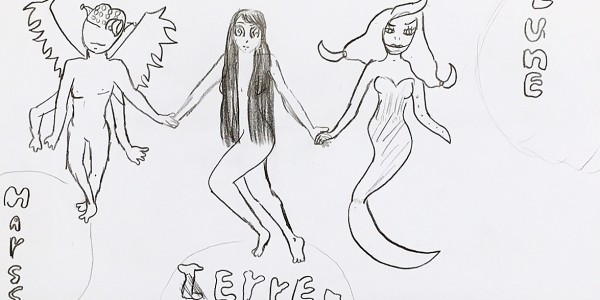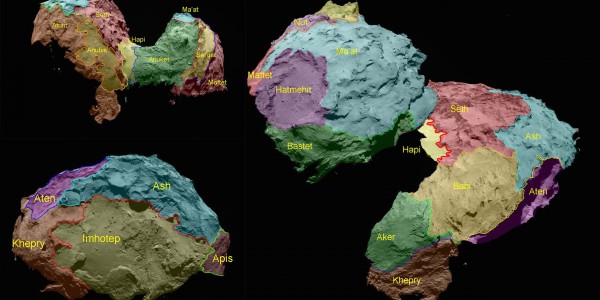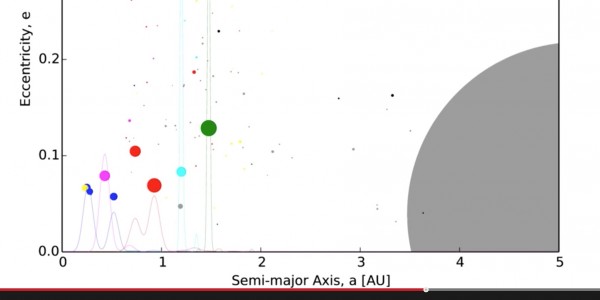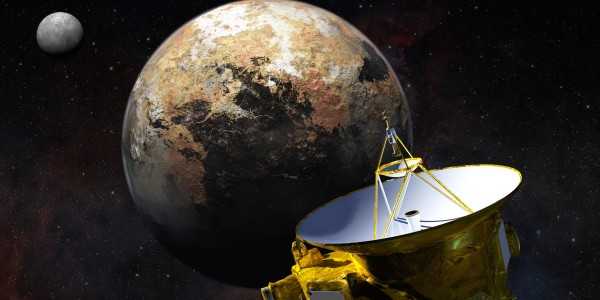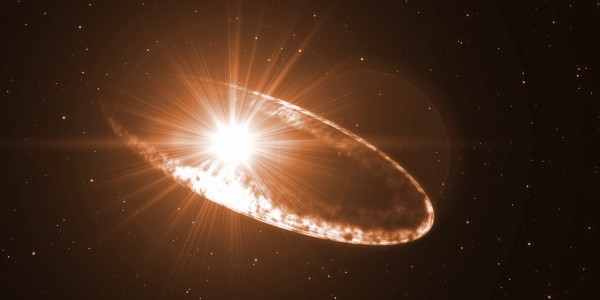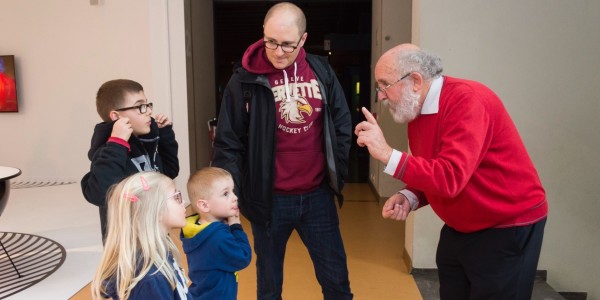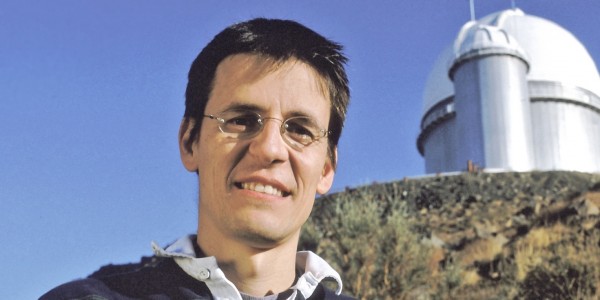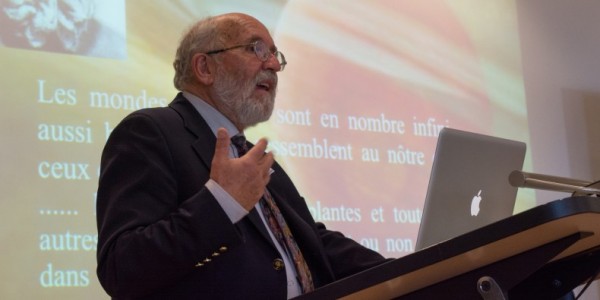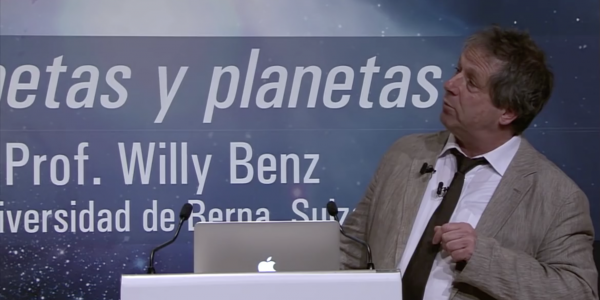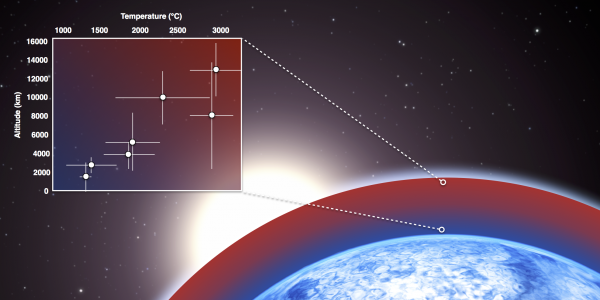Author Archive
Send your drawing into space
Imagine: You are pointing at the starry night sky and tell your friends «up there flies my drawing through space». In fact, this is possible. With the ESA Space Telescope CHEOPS (CHarakterizing ExOPlanet Satellite), which is built under the supervision of the University of Bern, 3000 children’s drawings will fly into space. 888 drawings will […]
Continue ReadingIntriguing features on Chury’s surface
A group of researchers led by scientists at the University of Bern have recently published a study describing many amazing and intriguing features on the surface of a comet using new images from the European Rosetta space mission. Various viewing angles for 67P/Churyumov-Gerasimenko with overlain colorized regions. The regions have been named using ancient Egyptian […]
Continue ReadingCollisions in the computer
The worlds’ fastest code for simulating planet formation calculates millions of possible orbits and close encounters between celestial bodies. It was developed by scientists of PlanetS at the University of Zurich. The video shows a real time visualization of 100000 test particles in Jupiters gravitational field simulated with GENGA. GENGA2 is the name of the […]
Continue ReadingHistoric encounter
On 14 July 2015 NASA’s New Horizons mission will make the first-ever close flyby of Pluto. The spacecraft should pass the dwarf planet within a distance of 10’000 kilometres at a speed of about 50’000 kilometres per hour. New Horizons should also come as close as 27’000 kilometres to Pluto’s companion Charon.The spacecraft is supposed […]
Continue ReadingSupernova Forensics
Many elements we find on Earth or other planets are made in the core of stars. When a star explodes as supernova, it shoots these elements into space. Amazing discoveries in the subsequent search for traces of supernovae is the topic of a lecture in Bern by Alicia Margarita Soderberg, Professor of Astronomy at Harvard […]
Continue ReadingMichel Mayor
Born: 12.01.1942 Study: Physics at the University of Lausanne PhD: 1971 at the University of Geneva Professor at the University of Geneva since 1984 Honorary Professor since 2007, official year of retirement Designer of the spectrographs ELODIE (51pegb), CORALIE and HARPS discovering more than 500 exoplanets Among many other honors the price of the journal […]
Continue ReadingDidier Queloz
Born: 23 February 1966 Study: Physics at the University of Geneva PhD: 1995 at the University of Geneva Current Position: Professor of Physics at the Cavendish Laboratory of Cambridge University and Geneva University. Didier Queloz is at the origin of the exoplanet revolution in astrophysics. Until recently, the Solar System has provided us with the […]
Continue Reading«The diversity is huge»
When Michel Mayor and Didier Queloz discovered the first exoplanet orbiting a normal star twenty years ago, they started a revolution in astronomy: An ancient human dream became research reality. «There is an infinite number of worlds, some like and some unlike our own.» With this quote by the Greek philosopher Epicurus, the Genevan astronomer […]
Continue ReadingA cosmic detective story
«Comets give us good clues that the planet formation era was violent and the early solar system very different from today,» said Willy Benz, director of PlanetS, at a conference in Madrid. «Comets were born during the formation of the solar system in the first 10 to 100 million years», explained Willy Benz in […]
Continue ReadingHot and stormy at high altitudes
Studying the atmosphere of an exoplanet, astronomers of the NCCR PlanetS derived a temperature profile with unprecedented precision. Their results are based on data collected with a relatively small ground-based telescope. This opens completely new perspectives for the characterization of remote exoplanetary atmospheres. High up in the atmosphere of the exoplanet named HD 189733b it […]
Continue Reading
